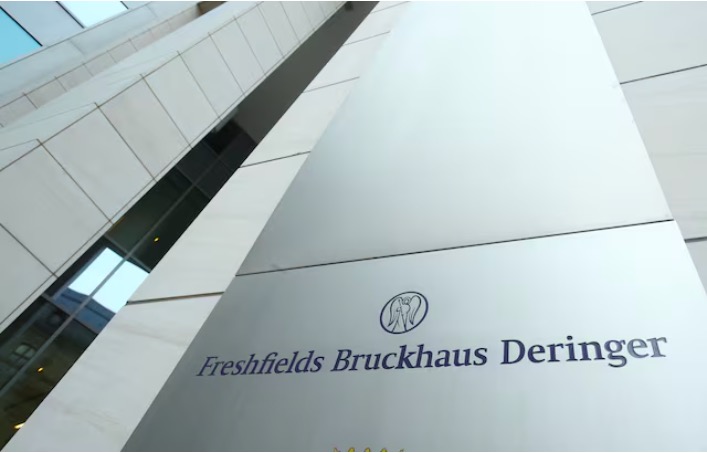Commerce & Finance Law Offices: Bridging Tradition and the Future
Over 26 years of development, Commerce & Finance Law Offices(C&F)has maintained a low profile, yet its pioneering work in…
Over 26 years of development, Commerce & Finance Law Offices(C&F)has maintained a low profile, yet its pioneering work in the creation of the VIE structure, innovative red-chip restructuring models, and involvement in several landmark cases in the capital markets has earned it a stellar reputation. C&F quickly became a leader in the offshore capital markets, collaborating closely with major investment banks, and securing its place in the “Heavenly Combination.”
Seizing Opportunities and Innovating: Achievements in Offshore Capital Markets
In 1992, Han Xiaojing, Liu Gang, and Di Xiaofeng rented a mezzanine in the Scitech Plaza to establish Tongshang. All three founders had overseas study or work backgrounds, so from its inception, C&F mainly represented Chinese banks or consortia in bank loans and offshore bond issuances.
At the outset, C&F relied on fax machines to conduct business. The founders would wait by the fax machine to see what legal services were needed, then whoever was available would take on the task. To respond quickly to client needs, they used green paper for receiving documents, white paper for sending documents, and required replies to green documents within 48 hours. In its first year, C&F achieved profitability.
In 1993, Chinese enterprises began to enter offshore capital markets, laying a solid foundation for Tongshang’s development. In the 1990s A-share market, only lawyers with securities qualifications could sign legal opinions submitted to the CSRC, making “securities lawyers” a scarce resource. However, in the Hong Kong capital market, investment banks held significant influence, and market recognition was paramount, making entry into top investment banks’ circles crucial.
The H-share listing projects of Maanshan Iron and Steel and Kunming Machine Tool positioned C&F as one of the first domestic law firms engaged in offshore capital market business, establishing close relationships with top international investment banks. This explains the frequent presence of C&F lawyers in large offshore listing projects over the past 20 years.
In 1995, China’s state-owned enterprise reforms began, promoting a strategy of “grasping the big and letting go of the small,” which generated significant demand for legal services. C&F participated in numerous landmark projects, such as the Hong Kong listings of China Mobile in 1997 and China Unicom in 2000 and 2002, the industry-wide restructuring of telecommunications in 2008, and the mixed-ownership reform of China Unicom in 2017, culminating in the Hong Kong listing of China Tower in 2018.
C&F has also been active in key projects across the energy, shipping, transportation, and financial sectors, such as the offshore listings of Sinopec and CNOOC, the domestic listing and restructuring of COSCO, the merger of China South and North Locomotives, the merger of China Eastern Airlines and Shanghai Airlines, and the reform and listing of China Construction Bank and CITIC Bank.
In 2000, tech and internet stocks flourished in the NASDAQ market, with China’s three major portals—Sina, Sohu, and NetEase—seizing the opportunity to list in the US. Liu Gang served as Sina’s Chinese legal advisor, pioneering the VIE structure for Chinese company listings.
Transformation and Growth
In 2001, China’s accession to the WTO heralded over a decade of rapid economic growth, which was also reflected in the capital markets. Starting in 2002, while continuing to serve large state-owned enterprises, C&F entered a new golden era with the rapid growth of private enterprises and their increasing financing and listing needs.
In 2006, C&F welcomed Li Hongji and Wang Jialu, two leaders in dispute resolution. This expansion enabled C&F to offer more comprehensive services, balancing non-litigation and litigation business and transforming it from a capital markets expert into a full-service commercial law firm. This adjustment proved effective during the 2008 financial crisis.
During the 2008 global financial crisis, Tongshang’s offshore capital market business was significant. To counter the crisis, C&F diversified its business, expanding into investment and financing, mergers and acquisitions, corporate affairs, and dispute resolution (arbitration) around finance, securities, and corporate matters. This transformation enhanced Tongshang’s risk resilience, leading to substantial growth in 2009.
The proliferation of smartphones and mobile internet brought e-commerce, video, and gaming into the spotlight. C&F partner Zhang Xinyang focused on providing legal services in the TMT and new economy sectors, offering professional advice and adapting to industry changes. From 2012 to 2015, C&F shifted from being investment bank client-oriented to company client-oriented, developing a full range of legal products and services to offer comprehensive solutions.
In 2013, Phoenix Healthcare Group went public in Hong Kong, becoming the first mainland hospital operator to list on the Hong Kong IPO market. C&F partner Wang Bo entered the healthcare sector.
Accurate Policy and Market Insights
In 2018, the Hong Kong stock market performed exceptionally well, with record-breaking fundraising amounts. The Hong Kong Stock Exchange released revised Main Board Listing Rules, creating opportunities for new economic sectors. Ascletis Pharma’s listing as Hong Kong’s first pre-revenue biotech stock was backed by C&F lawyers. Currently, C&F holds over 70% of the market share in IPO business in this sector.
The amendment of the Private Education Promotion Law increased the demand for financing, mergers and acquisitions, and listings among private education enterprises. C&F partner Sun Wei, with extensive experience in the education industry, excels at navigating policies and markets, providing clients with effective solutions—a key advantage for Tongshang.
Tongshang’s development closely follows China’s economic transformation, state-owned enterprise reforms, capital market growth, regulatory changes, and industry cycles. Each strategic choice and transformation by C&F has aligned with industry and era trends. Since its founding in 1992, C&F has weathered multiple economic cycles, growing stronger with each.
The Low-Key, Technical Lawyers
The 1990s were a decade of dramatic change and transition. Foreign investment surged, with tens of thousands of joint ventures established, sharply increasing the demand for foreign-related legal services in China. Deepening reforms and economic growth spurred a need for capital, which in turn created substantial demand for legal services in the capital markets.
The three founding partners of C&F were characterized by a “cosmopolitan yet personable” nature. They had excellent writing skills, were well-versed in the workings of government institutions, and had expertise in law, foreign languages, finance, and capital markets. These attributes made them highly attractive to large state-owned enterprises, banks, and foreign companies.
Early C&F lawyers were graduates of top domestic law schools, instilling a solid foundation from the start. Many legal and regulatory areas were uncharted or gray, requiring lawyers to have a precise grasp of Chinese law, government policies, and industry developments. Han Xiaojing excelled at problem-solving with a “bold and assertive” approach, while Liu Gang was seen by clients as a low-key, steady “guide to Chinese law.”
C&F employs an integrated management model, with all offices under unified management and financial accounting, but adopts a closely-knit team approach in client service. New partners are expected to understand the business and complement Tongshang’s existing operations. Most partners at C&F have grown from within, and lawyers are trained hands-on, fostering a strong sense of cultural identity among them.
In 2015, C&F adjusted its management system, enhancing team collaboration and resource integration beyond its original team-based structure. Before this restructuring, Tongshang’s partnership system had only two levels: equity partners and salaried partners. The reform introduced a second level of equity partners to fully unleash the potential of younger partners.
Aiming to Be a “Comprehensive and Specialized” Law Firm
Tongshang’s goal is to become a “comprehensive and specialized” law firm.
Tongshang’s Shenzhen and Shanghai branches were established at the end of the last century, celebrating their 20th anniversaries in 2018 and 2019, respectively. Shanghai and Shenzhen are crucial centers of China’s economy and capital markets, but C&F has long maintained cautious and restrained growth. In 2018, C&F officially opened its Hong Kong branch, linking domestic and international markets to better serve clients’ global needs.
Currently, Tongshang’s business chain covers everything from fund establishment and fundraising, VC/PE, domestic and offshore capital markets, to post-market refinancing, mergers and acquisitions, restructuring, and finally dispute resolution and corporate bankruptcy reorganization—a comprehensive “end-to-end” service.
Tongshang’s practice spans traditional industries like steel, cement, electrolytic aluminum, real estate, FMCG, and marine transportation, as well as future-oriented sectors like healthcare, new energy, and artificial intelligence. This represents Tongshang’s role in bridging tradition and the future.
The development of C&F is driven not only by external forces such as historical trends and industry cycles but also by its internal cultural values and systems.



-768x433.jpg)




